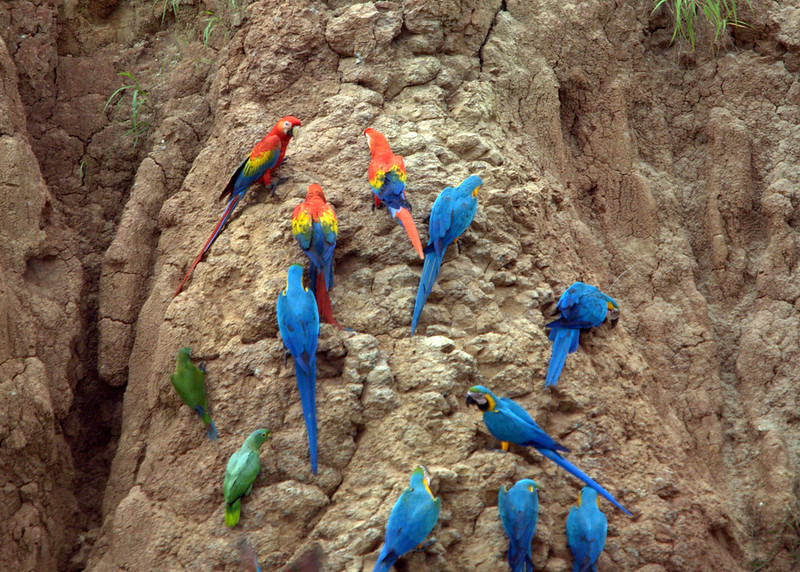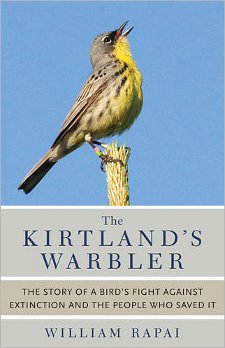PROTECT YOUR DNA WITH QUANTUM TECHNOLOGY
Orgo-Life the new way to the future Advertising by AdpathwaySo I first thought of spending my fourth Monday in July up at Lake Cuitzeo because I wanted to see if the western half of the lake had progressed beyond the dry lakebed form it had taken in the spring. Then I realized that I might also get to see my first migratory birds of the season there. Then, upon further reflection, I realized that I had already seen my first migratory birds this season, since the Sinaloa Martins I had seen in Paso Ancho had already begun their annual journey south by the time they reached that town.
Here in central Mexico, we only receive a few summer migratory birds, which fly north to breed here. The Sulphur-bellied Flycatcher and Yellow-green Vireo both winter in South America, and only fly as far north as western Mexico for the summer. In contrast, hundreds of species winter here in central Mexico, and breed in the U.S. and Canada.Most of these show up in September and October, with a few showing up only in the depths of winter. But a rare few can be seen as early as July and August.
Two species can reliably let me know that the migratory season is just beginning, and both of these can be seen around Lake Cuitzeo: Baird’s Sandpiper and Wilson’s Phalarope. Both turn up from mid-July on, with their presence peaking in August and September. At that peak, I can see hundreds to thousands of them in a single day. But few, if any, of these birds will stay beyond those months. The reason they turn up so early is that their overall journey is so long. Baird’s Sandpipers cross the whole world, from their breeding grounds along the Arctic Ocean to their wintering sites at the southern tip of South America. Wilson’s Phalaropes travel just as far south, but their journey begins “only” in inland western Canada.
Unlike certain species, such as some Godwits and Terns, These two species do not fly nonstop and over water to their destination. I typically see these thousands of birds calmly feeding and resting along the lakeshore. I do not know how long individual birds stay at the lake, but their great numbers suggest more than a day visit. I would love to know where else they stop along the way.
Its migration is long but rapid. After departing high-arctic breeding grounds and staging in southern Canada and the northern United States, most individuals travel 6,000 kilometers or more directly to northern South America, some going on as far as Tierra del Fuego and many completing the entire 15,000-kilometer journey in as few as 5 weeks.
Written by Paul Lewis
Paul Lewis moved from California to Mexico in 1983. He lived first in Mexicali, and now lives in the historic city of Morelia (about halfway between Guadalajara and Mexico City), where he and his wife pastor a small church. He is the author of an internationally distributed book in Spanish about family finances and has recorded four albums in Spanish of his own songs. But every Monday, he explores the wonderful habitats and birds found within an hour of his house, in sites which go from 3,000 to 10,000 feet of altitude. These habitats include freshwater wetlands, savannah grasslands, and pine, oak, pine/oak, pine/fir, cloud, and tropical scrub forests.























 English (US) ·
English (US) ·  French (CA) ·
French (CA) ·